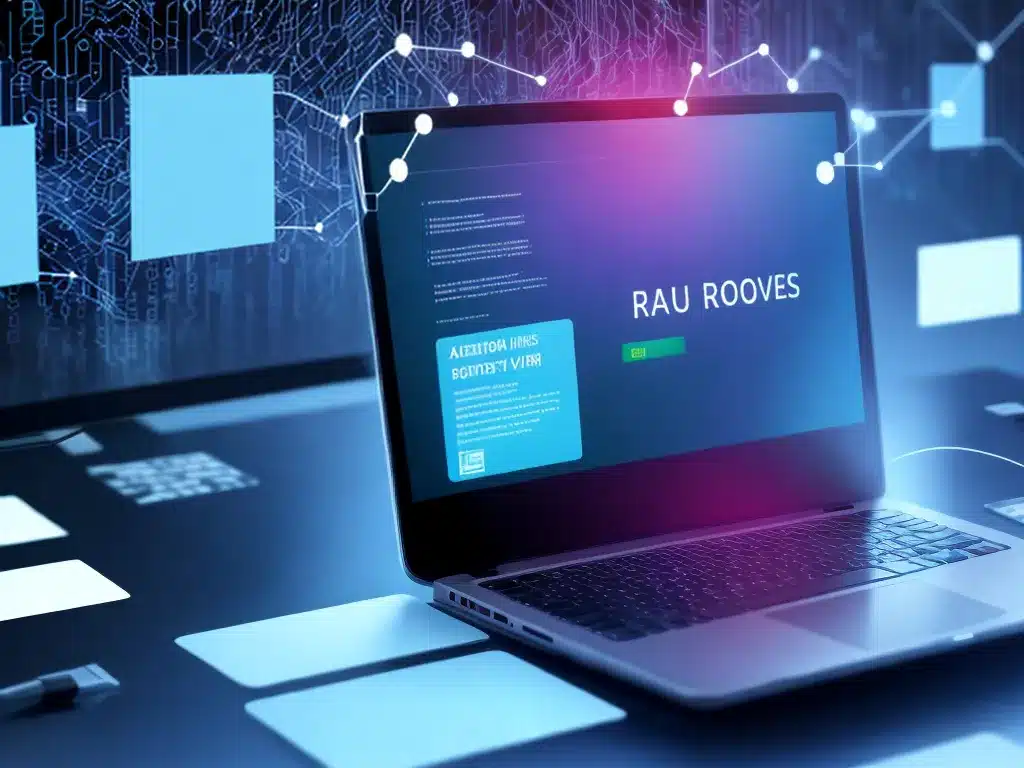Getting hit by a virus can be a nightmare, especially if important files become encrypted or corrupted. As we enter 2024, cyber attacks are unfortunately still a major threat, and data recovery is more important than ever. Here’s what you need to know about recovering data after a virus attack in the coming year:
Be Prepared Before An Attack
The best defense is a good offense when it comes to cybersecurity. Here are some key ways I can prepare my devices and data ahead of time in 2024:
-
Keep devices and software updated – patches fix vulnerabilities that viruses exploit. I need to enable automatic updates wherever possible.
-
Use antivirus software – this provides real-time scanning and protection against known threats. I should research to find a reputable paid option that fits my budget.
-
Backup regularly – I should maintain both local and cloud backups of important data, with multiple rotating backups for best protection.
-
Practice cyber hygiene – using strong passwords, avoiding suspicious links/attachments and restricting administrative privileges helps prevent infections.
Being proactive limits virus damage and makes recovery simpler.
Respond Quickly After Infection
If I suspect a virus infection on my device, time is of the essence. Here are critical first steps to take:
-
Disconnect from networks – this prevents the virus from spreading or communicating with command servers. I should disable Wi-Fi, unplug Ethernet, etc.
-
Scan with antivirus – if my AV software detects a threat, I can put it into quarantine so it can no longer run rampant or modify files.
-
Restore from backups – after containing the virus, I can start reverting my files/system back to an uninfected state using recent backups.
-
Seek expert help – for sophisticated ransomware or unknown viruses, hiring a digital forensics specialist gives me the best chance for removing infections and restoring data.
The faster I can isolate and eliminate the virus after detection, the less harm it can cause.
Leverage Advanced Recovery Techniques
If the virus has encrypted my files or severely compromised the system, I may need to pull out all the stops to recover data. Some advanced options I should research include:
-
File recovery software – programs like Recuva scan the drive to undeletete files damaged by viruses.
-
Shadow copy restore – Windows may have automatically created restore points and file versions I can access to “roll back” changes by the virus.
-
Drive imaging – creating a full binary image of the infected drive allows in-depth analysis and data extraction by experts.
-
Decryption tools – for some ransomware, decryptors exist that can unlock files by exploiting weaknesses in the encryption algorithms used.
Depending on the situation, combinations of these methods may be required to maximize the recovery of my files.
Learn From The Experience
Dealing with a virus is frustrating, but I should take it as a lesson for improving my cybersecurity. Some steps I can take after recovering my data include:
-
Investigate point of infection – understand how the virus initially got onto my device so I can close that vulnerability.
-
Strengthen backups – if my backups had gaps, I should reassess my backup strategy.
-
Update antivirus and OS – make sure my security software is up-to-date to protect against this new threat.
-
Be more vigilant – raise awareness in my family about cyber risks and being cautious online.
With some diligence, I can make my devices and data more secure than ever. Staying proactive is the best way I can be prepared to respond effectively when viruses strike in the future.













